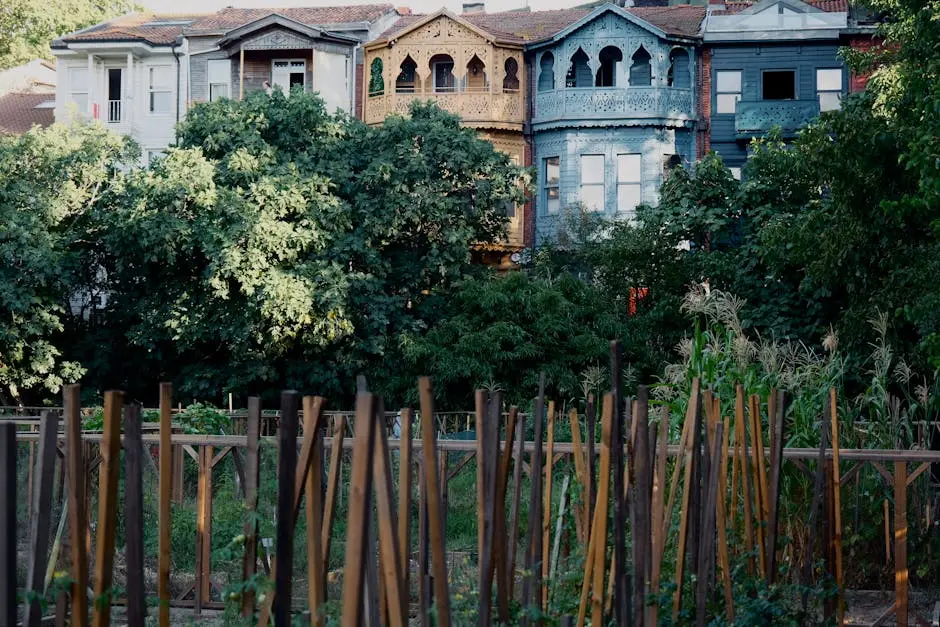Bedford-Stuyvesant, commonly known as Bed Stuy, is a neighborhood in Brooklyn, New York, that has undergone significant changes over the years. From its architectural heritage to its cultural diversity, the evolution of Bed Stuy offers a fascinating glimpse into the impact of urban development and community resilience. In this FAQ blog, we’ll take a look at the key phases of Bed Stuy’s transformation.

The Historical Beginnings of Bed Stuy
The roots of Bedford-Stuyvesant stretch back to the mid-19th century, when it transformed from rural farmland to a burgeoning urban neighborhood. As affluent German and Dutch families fled the crowded conditions of Manhattan, they crafted beautiful brownstones and elegant row houses that remain iconic to this day. These historic buildings are a testament to the area’s architectural significance and the legacy of its early residents who left their mark on Bed Stuy.
Throughout its early years, Bed Stuy’s rich architectural tapestry grew along with its community spirit. Churches, community centers, and engaged residents established a base of neighborly support and cultural enrichment, setting the tone for the area’s evolution. These bonds would become instrumental in Bed Stuy’s resilience against the socio-economic challenges it faced in later years.
Cultural Renaissance in the 20th Century
As the 20th century unfolded, Bed Stuy emerged as a beacon of African American culture and artistry. It became a nurturing ground for jazz and hip-hop legends, a lively hub for black-owned businesses, and a backdrop for cultural productions. This vibrant cultural scene helped to redefine the neighborhood’s identity, establishing Bed Stuy as a crucial player in the cultural development of New York City.
Statuesque brownstones and bustling avenues set the stage for artistic expression and activism, where residents used their creativity to engage with social challenges. The neighborhood’s historical significance grew, recognized by initiatives like the Bedford-Stuyvesant Restoration Corporation, which propelled community development and cultural pride within the area.
Challenges and Changes in Bed Stuy
Despite the vibrancy of its cultural scene, Bed Stuy was not immune to the socio-economic strains felt in urban centers. The mid-20th century saw a period of decline characterized by neglect and systemic disinvestment. Issues of crime and poverty were prevalent, further exacerbated by the controversial practice of redlining, which limited access to financial services and home ownership opportunities for Black residents.
Yet, the community showed resilience, galvanized by various local initiatives that sought to address these challenges. Restoration efforts led by community leaders brought new life to dilapidated structures and revitalized infrastructures. Significant government and private investments were pivotal in reversing years of neglect, leading to a renewed sense of hope and community empowerment.
Gentrification and Modern-Day Bed Stuy
In recent decades, Bed Stuy has experienced rapid gentrification, altering the neighborhood’s landscape and socio-economic dynamics. Increasing property values and a rise in new development projects have brought a wave of young professionals and diverse newcomers, leading to heightened tensions around affordability and displacement within the community.
This gentrification brings with it both challenges and opportunities. New businesses and modern amenities have increased economic vitality and boosted the local economy. However, older residents often face rising costs of living, prompting ongoing debates about social justice and the future of historically significant neighborhoods like Bed Stuy.
Community Resilience and Future Prospects
Amidst these changes, Bed Stuy remains a testament to the enduring spirit of its people. Community organizations work tirelessly to preserve the cultural identity and historical roots of this well-loved neighborhood. These efforts focus on balancing development with the needs of long-term and new residents alike, ensuring a vibrant, inclusive future.
Looking forward, Bed Stuy stands at a crossroads, with ongoing discussions about sustainable development and inclusive urban growth. Residents are actively redefining community boundaries while embracing diversity as a strength, driving positive change and fostering a neighborhood where everyone has the opportunity to thrive.
To stay informed about new development opportunities within Bed Stuy and beyond, consider joining our newsletter for exclusive insights into New York’s real estate landscape.
Reflecting on the Journey of Bed Stuy
Bed Stuy’s evolution is a testament to its resilience and adaptability. From its rich history to its modern-day vibrancy, the neighborhood continues to thrive and change, offering a unique blend of tradition and innovation. As Bed Stuy moves forward, it remains a beloved and dynamic part of Brooklyn, reflecting the diverse stories and spirit of its community. For more insights on how you can be part of this dynamic neighborhood, explore the variety of homes we offer in Queens and Long Island.





